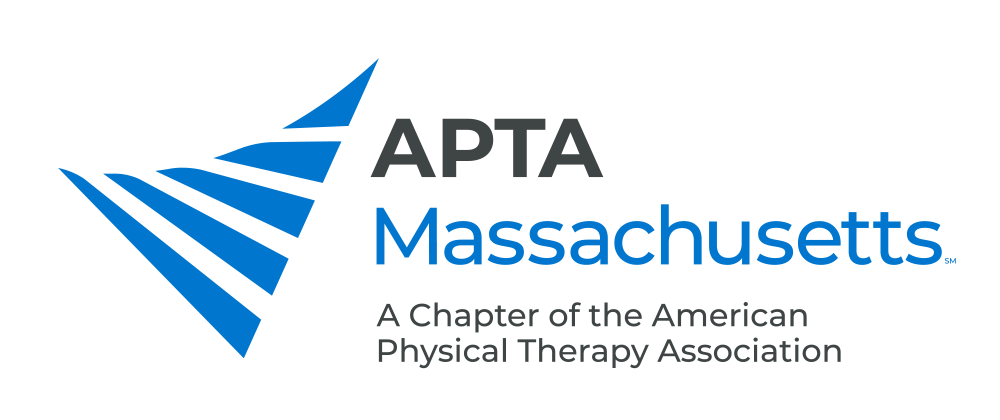Neuro SIG: Sharing Research in Neurological Physical Therapy for persons with decreased physical activity and risk for falls: An Evening with 2 researchers
Virtual
Competency Points awarded.
Speaker #1: Amber LaMarca, PT, DPT
Bridging Capacity and Performance: Remote monitoring and digital health Interventions in the home settings to promote activity.
Speaker bio: Amber LaMarca is a physical therapist at Spaulding Rehabilitation Hospital and PhD candidate at MGH Institute of Health Professions. She has been a PT at Spaulding in the outpatient department for 8 years working with patients with neurological conditions with a special interest in stroke rehab and is working with the Behavior, Abilities, and Technology Lab at MGH IHP as well as the Motion Analysis Lab at Spaulding Rehab. Her research focus is on improving activity performance in the home and community settings for patients with stroke using the intersection of emerging technologies, behavior science, and neurorehabilitation principles. O
bjective: The objective of this talk is to introduce the use of behaviorally informed technologies in the context of promoting activity in the home settings for patients with neurological conditions.
Speaker #2: Prudence Plummer, PT, PhD, MSCS
Predicting falls in people post-stroke before they fall
Speaker bio: Dr. Prudence (Prue) Plummer is an Australian-trained physiotherapist and clinician scientist. She earned her PhD in Physiotherapy from La Trobe University in 2004. She completed post-doctoral training at the University of Florida and the University of California Los Angeles. Currently, she is a Professor in the Department of Physical Therapy at the MGH Institute of Health Professions and Director of the Cognitive-Motor Behavior Lab. She is a Multiple Sclerosis Certified Specialist by the Consortium of MS Centers. Dr. Plummer leads an interdisciplinary program of research related to mobility rehabilitation and cognitive-motor interactions in people with stroke and multiple sclerosis.
Abstract: A large proportion of post-stroke falls occur in the first 2 months after discharge home from the hospital, making this transition from hospital to home a critical time point for fall prevention. Current clinical instruments for fall-risk classification lack predictive accuracy for identifying future fallers at discharge from inpatient rehabilitation. Our research suggests that to improve prediction of post-stroke fallers at inpatient discharge, it may be necessary to assess patients with and without their assistive devices and ensure assessment activities reflect true-to-life fall-risk situations. This presentation will summarize key findings from our research regarding how we have achieved more accurate fall prediction with strategic aggregation of functionally relevant mobility metrics, our hypotheses regarding why test misclassifications are occurring, and discuss potential factors moderating predicted fall status after discharge.
Talk objectives:
- Analyze the limitations of existing clinical instruments in being able to accurately predict fallers among ambulatory stroke survivors being discharged home.
- Describe potential factors that may moderate one’s predicted fall risk status between discharge and 3-month follow-up.

